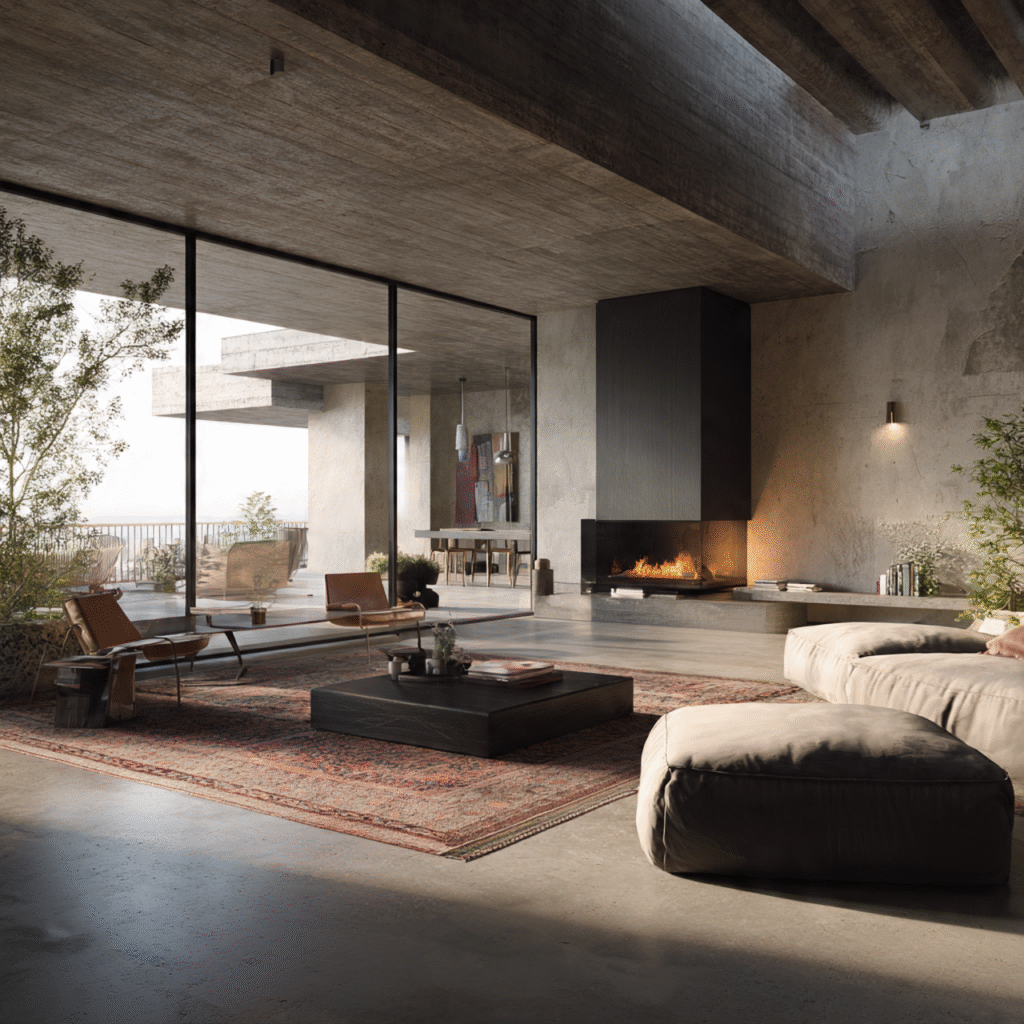
From Blueprints to Smart Previews
For decades, homeowners and contractors have relied on sketches, blueprints, and 3D renderings to bring remodeling ideas to life. But no matter how detailed these visuals are, they often leave gaps in understanding. Many homeowners struggle to truly imagine how their new kitchen, living room, or outdoor patio will look once complete. Enter Artificial Intelligence (AI)-a groundbreaking force that is revolutionizing home design visualization.
AI is bridging the gap between imagination and reality by creating accurate, interactive, and personalized previews of remodeling projects. Whether it’s choosing the right paint color, experimenting with furniture layouts, or evaluating eco-friendly materials, AI-powered visualization is giving homeowners unprecedented control and confidence in their renovation journey.
This blog explores how AI is reshaping design visualization, why it matters, and where the future of home improvement is heading.
The Limitations of Traditional Visualization
Before AI, home design visualization depended heavily on:
- Blueprints and sketches: Difficult for most homeowners to interpret.
- 2D and 3D renderings: Helpful, but time-consuming and often expensive.
- Physical samples: Swatches of fabric, flooring, or paint that lack context in real space.
These methods often left homeowners uncertain. They could not easily picture how all the design elements would come together, leading to delays, budget overruns, and dissatisfaction.
AI solves this by delivering instant, hyper-realistic previews that adapt to each homeowner’s vision.
AI-Powered Visualization: A Game-Changer
AI has introduced tools that fundamentally change how homeowners and contractors plan projects.
1. Real-Time Design Previews
AI software can take a photo of a room and instantly transform it with new flooring, wall colors, lighting, and furniture. No more waiting days for renderings-changes happen in seconds.
2. Personalized Design Recommendations
AI doesn’t just generate visuals; it learns homeowner preferences. For example:
- If a user selects neutral color palettes often, AI recommends complementary tones.
- If energy efficiency is a priority, AI suggests layouts that optimize natural light.
3. Virtual Walkthroughs
AI integrates with augmented reality (AR), allowing homeowners to virtually walk through their redesigned space before construction even begins.
4. Cost-Linked Visualization
Some AI tools go further by linking design previews to real-time cost estimates. Homeowners can experiment with different layouts while instantly seeing how those choices affect their budget.
Benefits for Homeowners
The advantages of AI-powered design visualization are immense:
- Confidence in decisions: Homeowners see exactly how their vision will look.
- Fewer surprises: Miscommunications are minimized since visuals are accurate.
- Customization: AI adapts to personal taste, lifestyle, and budget.
- Time efficiency: Design iterations that once took weeks now take minutes.
Benefits for Contractors and Designers
Contractors and designers also gain major advantages:
- Sales tool: Interactive previews help contractors win client trust faster.
- Fewer change orders: With clearer visualization, last-minute changes are reduced.
- Streamlined workflow: Faster approvals mean quicker project timelines.
- Data insights: AI learns from past projects to improve accuracy and efficiency.
AI and the Psychology of Visualization
Design is not only about aesthetics-it’s also about psychology. Many homeowners feel anxious about committing to expensive renovations without knowing the outcome. AI visualization addresses this fear by removing uncertainty.
When people can see their future living space in detail, their satisfaction and emotional investment rise dramatically. This leads to smoother collaboration between contractors and clients.
Real-World Applications of AI in Design Visualization
- Kitchen Remodeling: Homeowners can compare countertop finishes, cabinet styles, and lighting setups instantly.
- Bathroom Renovations: AI previews showcase how different tile combinations or smart fixtures will transform the space.
- Exterior Design: Homeowners can test roof colors, siding materials, and landscaping options for maximum curb appeal.
- Interior Styling: Furniture, décor, and wall art can be digitally rearranged until the perfect style emerges.
Sustainability Through AI Visualization
AI doesn’t just improve design-it also promotes sustainability. By simulating layouts that maximize natural light, airflow, and insulation, AI helps reduce energy consumption. Homeowners can also preview eco-friendly materials, ensuring sustainable choices without compromising style.
Challenges and Limitations
While powerful, AI-powered visualization isn’t without challenges:
- Learning curve: Contractors and homeowners need time to adapt to new tools.
- Cost barriers: Premium visualization software may require upfront investment.
- Human creativity: AI can suggest designs, but the human touch of creativity and personalization remains irreplaceable.
The Future of AI in Design Visualization
Looking ahead, AI in home design will become even more advanced:
- Voice commands: Homeowners will simply describe changes, and AI will render them.
- Full AR experiences: Walkthroughs will feel indistinguishable from real life.
- Predictive analytics: AI will forecast how design choices impact long-term property value.
The fusion of AI and design visualization will continue to redefine how we experience remodeling projects.
Conclusion: A Smarter Way to Remodel
AI is not replacing designers or contractors-it’s empowering them. By transforming home design visualization, AI is making remodeling more accessible, transparent, and personalized than ever before.
For homeowners, this means confidence and clarity. For contractors, it means efficiency and trust. And for the industry as a whole, it signals a new era where technology and creativity merge to deliver dream spaces with precision.
AI-powered design visualization is not just a tool-it’s a revolution that will define the future of home improvement.